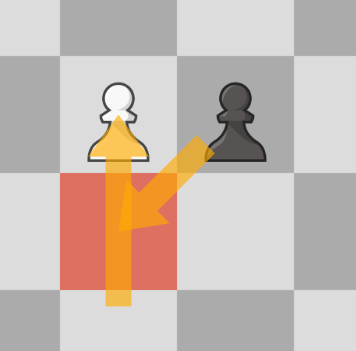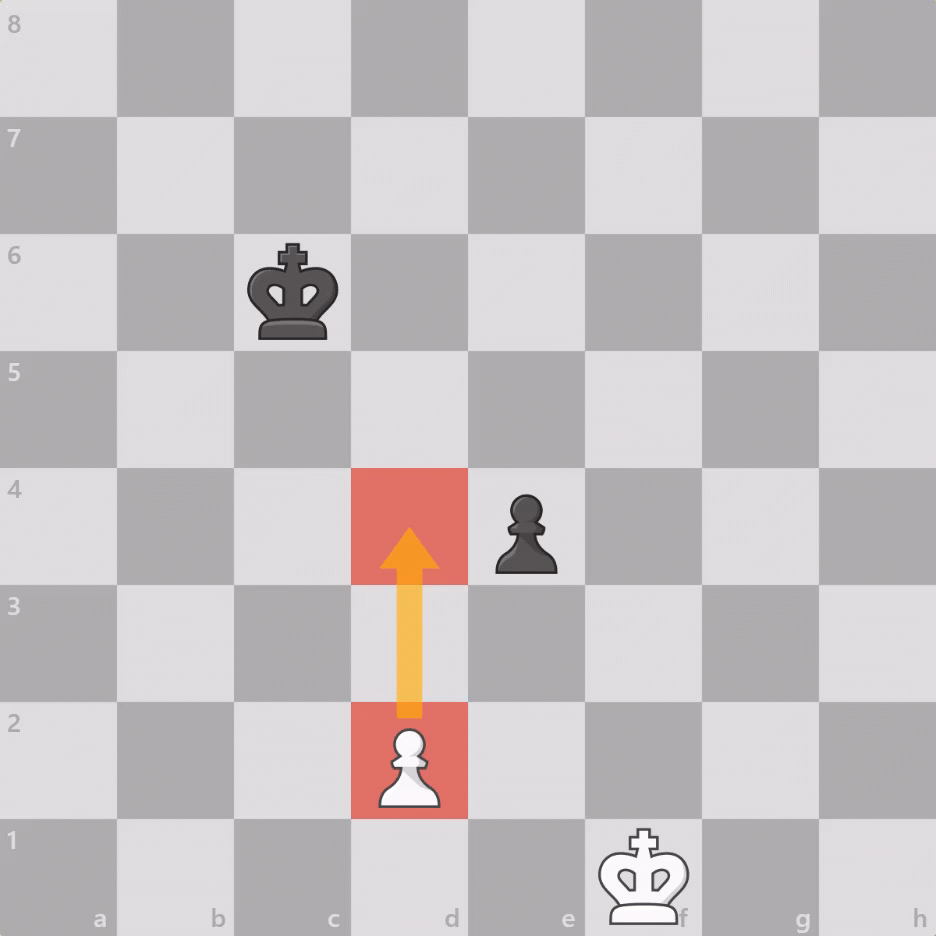
- Intermediate, Learning, Rules
- March 17, 2022
- 9:08 pm
What Are the Rules for En Passant In Chess?
Table of Contents
What Is En Passant In Chess?
- En passant is a special pawn capture rule in chess; a French expression translating to “in passing”.
- The capturing pawn must be on its fifth rank.
- The threatened pawn must have moved two squares from its starting square, and be on an adjacent file.
- The capture can only be made on the move immediately after the opposing pawn makes the move, otherwise, the right to capture en passant is lost.
- If all these conditions have been met, the threatened pawn can be removed, as if the pawn had moved only one square.
Due to the fact that en passant is relatively rare, usually appearing less than once per game, even experienced chess instructors may neglect to mention en passant, to avoid confusing their students while they are still trying to understand more common basic concepts.
Still, if you want to become better at chess and don’t be tricked by your opponents with a rule you don’t know, you will need to familiarize yourself with the chess en passant rule.
By reading this article, you will learn and understand en passant. Maybe you can even surprise your opponent with en passant in your own games and gain a crushing advantage.
En Passant Chess Move
En passant is a French expression which means “in passing”. In chess, en passant is a special pawn capture rule. We’ve already taught how pawns move. A pawn will generally just move forward one square, but chess rules might give it some more options in certain positions.
However, in some cases, the pawns can move forward two squares on their first move, or diagonally in the case of capturing a piece. In the case of en passant, this is an exception to these normal movement rules.
En passant may only occur immediately after a pawn moves two squares from its starting square, and in a case where it could have been captured by the opponent’s pawn had it advanced only one square.
In these instances, the opponent is legally permitted to capture the pawn “as it passes” through the first square. The result is the same as if the pawn had advanced only one square and the opponent’s pawn had captured it.
In order to better understand the chess en passant rule, let’s take a look at the following example:

Below we will describe the necessary preconditions for the chess en passant rule:
- The capturing pawn must be on its fifth rank.
- The threatened pawn must have moved two squares from its starting square, and be on an adjacent file.
- The capture can only be made on the move immediately after the opposing pawn makes the move, otherwise, the right to capture en passant is lost.
- If all these conditions have been met, the threatened pawn can be removed, as if the pawn had moved only one square.
Conclusion – The En Passant Pawn Capture Rule
Now that you have a better understanding of en passant, be sure to look out for it in your games, and if the opportunity presents itself, and the move is a good capturing move, take advantage of it!
We hope this article was informative for you and you are interested to learn more about chess rules and chess pieces now!
Read also
How to become a Chess Grandmaster
The Sicilian Defense: A Comprehensive Overview
5 Beginner Mistakes to Avoid in Chess
Best Chess Software for PC [Top 5]
Best Chess Software for Mac [Top 5]
